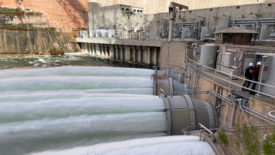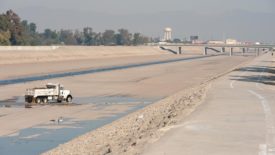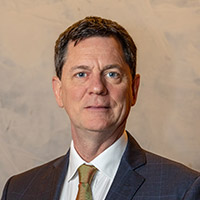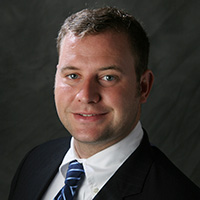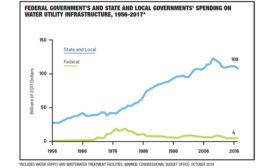Home » Keywords: » water management
Items Tagged with 'water management'
ARTICLES
Tech Focus: Water Tech Getting Smarter
Navigating the wild west of water tech as startups and large firms vie for a slice of a rapidly evolving market
Read More
The latest news and information
#1 Source for Construction News, Data, Rankings, Analysis, and Commentary
JOIN ENR UNLIMITEDCopyright ©2024. All Rights Reserved BNP Media.
Design, CMS, Hosting & Web Development :: ePublishing
